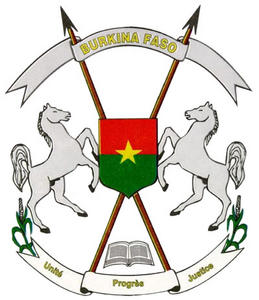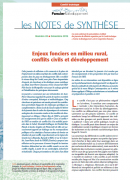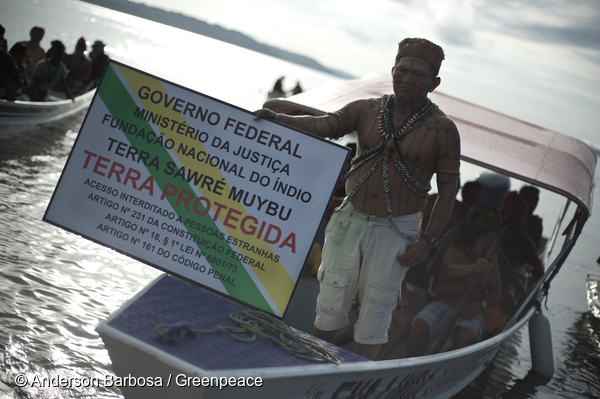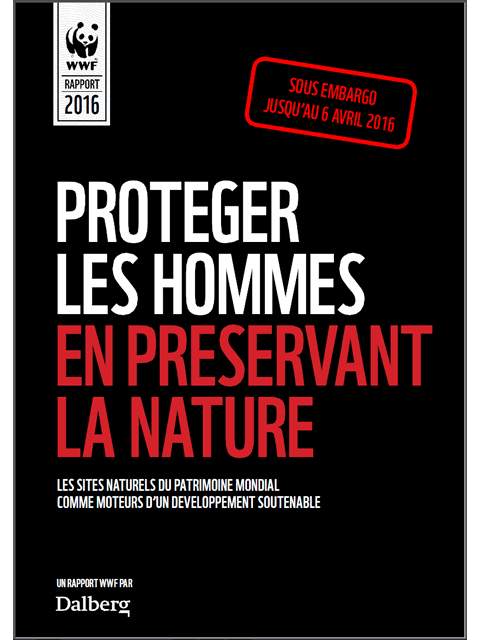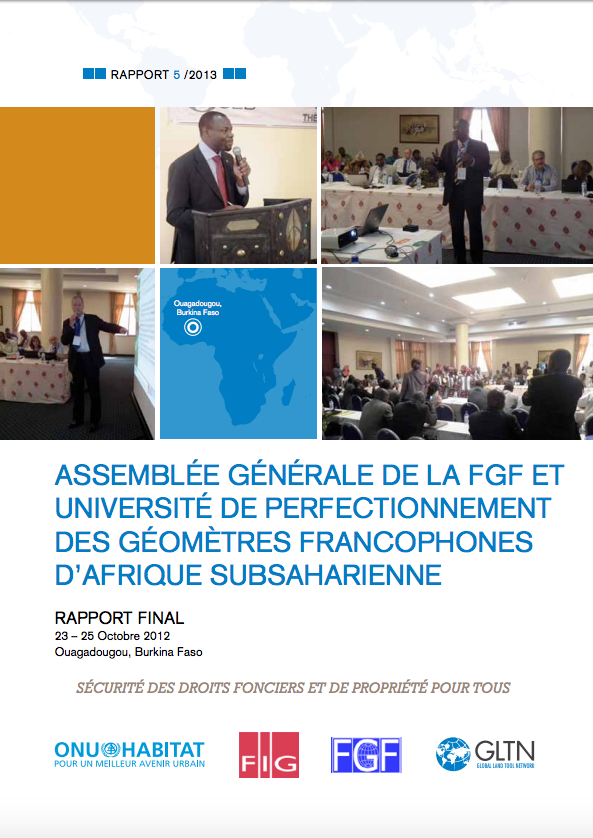gestion foncière
AGROVOC URI:
Note de synthèse n°20 : Enjeux fonciers en milieu rural, conflits civils et développement
Barrages en Amazonie: le business risqué de l’hydroélectricité dans la forêt amazonienne
L’Amazonie brésilienne, qui abrite la majeure partie des forêts tropicales qui subsistent sur la planète, est rongée par une exploitation économique incontrôlée. Plus de 750 000 km2 de forêts ont déjà été rasés1 , principalement sous l’effet de l’agriculture industrielle, de l’élevage de bétail, de l’exploitation minière, de la construction d’infrastructures telles que des barrages hydroélectriques, de l’exploitation forestière illégale et de l’installation de nouveaux habitants qui découle de ces activités.
Protéger les hommes en préservant la nature: les sites naturels du patrimoine mondial comme moteurs d'un développement soutenable
Date: 06 avril 2016
Source: Médiaterre
Selon le WWF, La moitié des sites du Patrimoine mondial sont menacés par des activités industrielles
Selon le dernier rapport du WWF, 114 des 229 sites naturels et mixtes inscrits au Patrimoine mondial sont menacés par des activités industrielles néfastes. Concessions pétrolière, minière ou gazière, surpêche, exploitation forestière illégale, surexploitation des ressources en eau, infrastructures de transport ou de tourisme : les menaces sont nombreuses.
Assemblée Générale de la FGF et Université de perfectionnementdes Géomètres Francophones d’Afrique Subsaharienne (Ouagadougou Report)
En marge de l’Assemblée Générale de la Fédération des Géomètres Francophones (FGF), ONU-Habitat et le Réseau Mondial des Instruments Fonciers (GLTN), a organisé une séance de formation sur la bonne gouvernance foncière.
Cette rencontre technique et scientifique a réuni 130 experts géomètres, du secteur privé, du secteur public, enseignants, étudiants, venus de 13 pays d’Afrique Subsaharienne et d’Europe.
The economics of desertification, land degradation and drought toward an integrated global assessment
Since the publication of the Report of the Brundtland Commission (Our Common Future) in 1987, and the consequent Earth Summit on sustainable development, global attention on natural resource scarcity and degradation has been increasing, because of climate change and rising food and energy prices. This awareness, in turn, has led to growing interest in land investments by the private and public sectors. Despite this interest, however, land degradation has not been comprehensively addressed at the global level or in developing countries.
AHI program brief
The African Highlands Initiative works to enhance livelihoods and reverse natural resource degradation
through the development of innovative methods,practices,policies and approaches.
Development of a Landmark Land Use and Management Framework for Liberia
In October 2016 the Liberia Land Authority (LLA|) was legislated as the Nation’s first one-stop-shop for land management and administration. The LLA has the statutory mandate to administer land administration across the nation. The Authority is charged with supporting the development of a National Land Use and Management Agenda.
Land readjustment: The missing link in urban Zimbabwe
Zimbabwe has been experiencing a rapid rate of urbanization amidst a failure by conventional approaches of urban land management to cope with the demand for housing. In view of these challenges, this paper investigates the feasibility and nature of land readjustment for urban land management in Zimbabwe. Using case study research methodology and a desk review of evidence from developed and developing countries the potential use of land readjustment in Zimbabwe is examined.
Impacts des actions des ONG sur la gestion durable des aires protegées en République Démocratique du Congo Cas de la Reserve de Biosphère de Luki au Kongo Central
L’étude relative aux impacts des actions des ONG sur la gestion durable des aires protégées dans la reserve de Biosphere de Luki(RBL), dans la Province du Kongo central situées à l’Ouest de la RDC, montre que cette réserve regorge une diversité biologique particulière qui est soumise à une pression importante due aux activités anthropiques. Plusieurs ONG s’y implantent. Les enquêtes sur les activités de ces ONG ont été effectuées en vue d’en décéler les impacts sur la réserve et sur le développement de la population locale.
Bioeconomic modelling – An application of environmentally adjusted economic accounts and the computable general equilibrium model
Building on the current international discourse and United Nation's System of Environmental-Economic Accounting (SEEA) this study provides further empirical evidences on how failure to include natural capital resources in national accounting leads to erroneous calculation of macroeconomic estimates. The SEEA methodological framework for integrating natural capital into the System of National Accounts amplifies analytical power of computable general equilibrium (CGE) models and allows to investigate relationship between the economy and the environment.
How Community-Based Rangeland Management Achieves Positive Social Outcomes In Mongolia: A Moderated Mediation Analysis
Evidence-based policy guidance necessary for addressing mixed outcomes of community-based rangeland management (CBRM) is limited, dominated by case studies, and lacking coverage of diverse ecological settings. In remedy, we studied 65 traditional neighborhoods and 77 formally-organized CBRM groups across four ecological zones and investigated how and when CBRM obtains greater social outcomes than non-CBRM neighborhoods.

